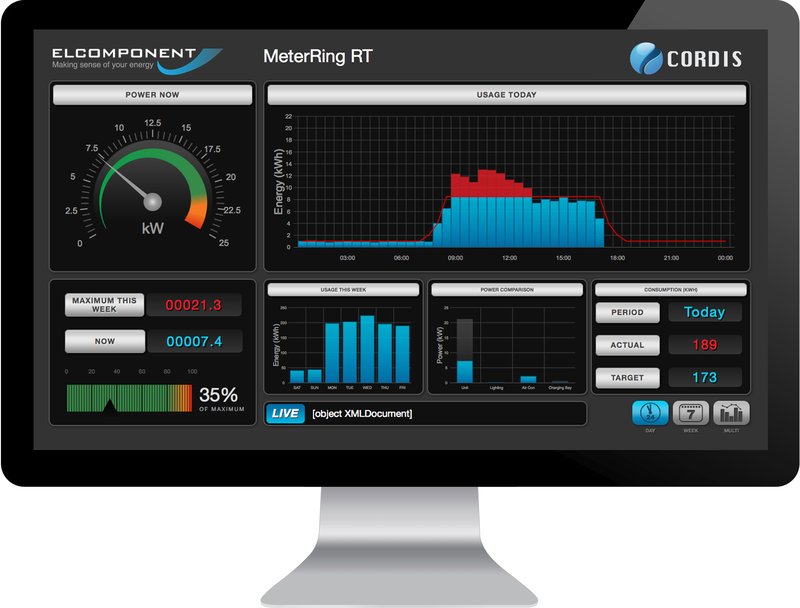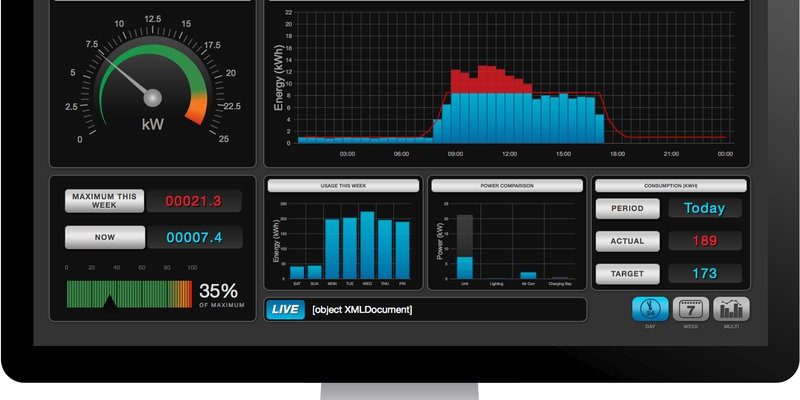
So, what’s the deal with inchworms? Well, they’re the larval form of certain moths and are common in many habitats, especially in wooded areas. They have a unique way of moving, inching along as if they’re measuring their surroundings. By observing their population and behavior, we can glean insights into the overall health of the trees they inhabit. Let’s dive into the fascinating role of inchworms in monitoring tree health and see why keeping an eye on them can be so beneficial.
What Are Inchworms?
Inchworms, scientifically referred to as *Geometridae*, are the caterpillar stage of Geometer moths. Their name comes from their unique movement style. Instead of crawling like most caterpillars, they “measure” their way forward, drawing their hind legs up to their front legs, which gives them that characteristic inching motion. It’s almost like they’re doing a little dance!
You might spot them hanging from tree branches or munching on leaves. While they can be charming with their green bodies and curious movements, they also play a significant role in the ecosystem. Inchworms feed on leaves, and this can impact tree health if their numbers become too large. But more importantly, they serve as indicators of the overall tree condition, making them key players in the environmental drama unfolding in our forests.
Why Are Inchworms Important As Bioindicators?
Here’s the thing: trees, like humans, can suffer from stress, diseases, and infestations. Monitoring inchworm populations allows us to gauge this stress. If inchworms are thriving, it might mean the trees are healthy and flourishing. Conversely, if you see a sudden drop in their numbers, it may signal that something is off in the ecosystem, such as increased pesticide use or a fungal infection.
Inchworms are sensitive to changes in their environment. They respond to alterations in soil quality, water availability, and even climate. By keeping an eye on their populations, we can note these environmental shifts. Imagine it like checking the temperature of a child with a cold. Sometimes, it’s an early warning sign that something more serious is brewing.
How To Monitor Inchworm Populations
Monitoring inchworms can be a fun and engaging activity, especially for nature enthusiasts. To get started, you can follow these steps:
- Choose Your Spot: Select a local area with a good number of trees. Parks or nature reserves can be great places to start.
- Timing Is Everything: Inchworms are most active in the spring and early summer. This is when you’ll want to observe them closely.
- Look for Signs: Examine the trees for signs of inchworms, like chewed leaves or droppings. You might also notice them hanging from branches.
- Counts and Trends: Record how many you see over time. This helps establish a baseline for what a healthy population looks like.
Monitoring inchworms can be a simple yet effective way to stay connected with nature. Plus, it gives you a fantastic excuse to spend more time outside!
What Changes in Inchworm Populations Could Mean
You might be wondering, “What does it mean if I see a lot of inchworms or very few?” The answer can vary quite a bit. A spike in inchworm numbers often indicates a healthy ecosystem with plenty of food for them to munch on. However, if their population skyrockets, it could lead to overfeeding, which may stress the trees. It’s a bit like eating too much junk food—temporary pleasure, but long-term consequences.
On the flip side, a drastic reduction in inchworm numbers might suggest that trees are facing challenges. Perhaps a new pest is invading, or environmental changes are creating unfavorable conditions. For instance, if a particular tree species suddenly sees fewer inchworms, it could indicate that the tree is sick or stressed.
Common Tree Health Issues Linked to Inchworms
Inchworms can be harbingers of various tree health issues. Here’s what to keep an eye out for:
- Pest Infestations: If you notice that inchworms are disappearing, it might be due to a stronger pest taking over, like aphids or borers.
- Environmental Stress: Changes in soil quality or increased pollution can affect inchworm populations, signaling that trees might be in distress.
- Disease Presence: Fungal infections or other diseases in trees can impact inchworm numbers. Less food means less survival for these tiny creatures.
Being aware of these issues can help you and local communities take action to protect tree health.
How You Can Help Inchworms and Trees
Want to make a positive impact? Here are some tips to consider:
- Plant Native Trees: Native trees support local inchworm populations and overall biodiversity.
- Avoid Pesticides: Reducing pesticide use creates a safer environment for inchworms and the trees they inhabit.
- Educate Others: Share what you learn with friends and family. The more people who understand the importance of inchworms, the better for our trees!
Every little bit helps when it comes to protecting our environment and understanding the delicate balance of nature.
Inchworms may seem like just another part of the garden scene, but they play a critical role in telling us about tree health. By monitoring these tiny creatures, we can uncover valuable insights about the health of our forests and the ecosystems they support.
So next time you’re out in nature, take a moment to observe the inchworms. They’re more than just a curious sight; they’re tiny guardians of our trees, offering a glimpse into the health and well-being of the environment around us. And who knows? You might just find yourself falling in love with these little inching wonders.

